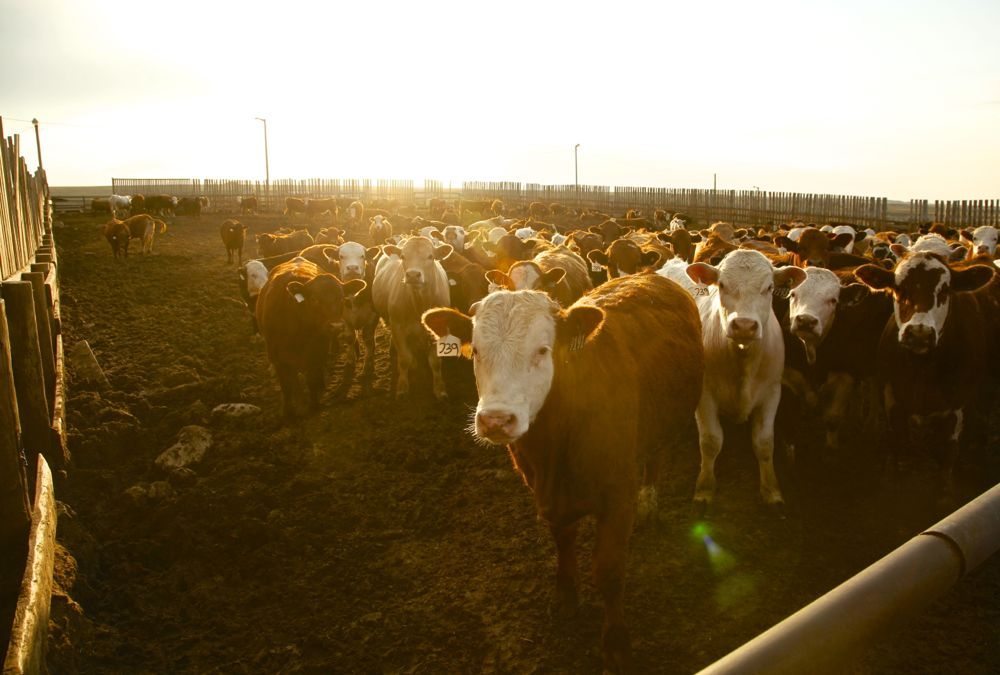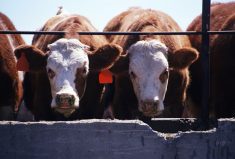During the first full week of January, western Canadian feeder cattle traded $10-$15 higher compared to late December. In some cases, calves under 600 lbs. were $15-$20 higher. Strength in the nearby fed cattle market, along with the firmer tone to live cattle futures, set a positive tone.
Alberta packers were buying fed cattle in the range of $174-$176, up $2 from the previous week and up nearly $12 from mid-December. Feedlot operators stepped forward with cautious optimism, now that the fed market is above the break-even price for May pen closeouts of $173. U.S. feeder cattle prices were also up $10-$15, leading the charge higher in eastern Prairie regions. U.S. orders, along with Alberta feedlot demand, resulted in stronger competition for Saskatchewan and Manitoba cattle because most Alberta auction barns were in holiday mode.
Read Also

U.S. grains: Soybeans hit six-week low as Brazilian harvest looms; corn, wheat sag
Chicago | Reuters – Chicago soybean futures fell to six-week lows on Friday as worries about slowing export demand for…
In central Alberta, mixed heifers averaging just over 600 lbs. sold for $222 while steers around 550 lbs. sold from $240 to $250. The market was quite variable across the Prairies, especially on the lighter weight categories. However, buyers for major operations were extremely aggressive. In southern Alberta, mixed steers with medium flesh averaging 800 lbs. were reported at $226, reflecting the immediate response to the jump in live cattle futures; this is up about $25-$30 from the December lows.
The beef pipeline has become current and packers are looking to pick up cattle sooner than anticipated. Secondly, the U.S. Department of Agriculture’s lower November placement number will likely reduce second-quarter beef production and the market is adjusting to the recent change in fundamentals. Barley prices are also a bit softer to start off the New Year and the Canadian dollar continues to deteriorate.
All factors influencing feeder cattle prices were more positive this past week, which should keep the market well supported in the short term. Consumer spending usually experiences a sharp contraction in January and February, so this is a major risk limiting the upside potential.
— Jerry Klassen is manager of the Canadian office for Swiss-based grain trader GAP SA Grains and Produits. He is also president and founder of Resilient Capital, which specializes in proprietary commodity futures trading and commodity market analysis. Jerry owns farmland in Manitoba and Saskatchewan but grew up on a mixed farm/feedlot operation in southern Alberta, which keeps him close to the grassroots level of grain and cattle production. Jerry is a graduate of the University of Alberta. He can be reached at 204-504-8339.















